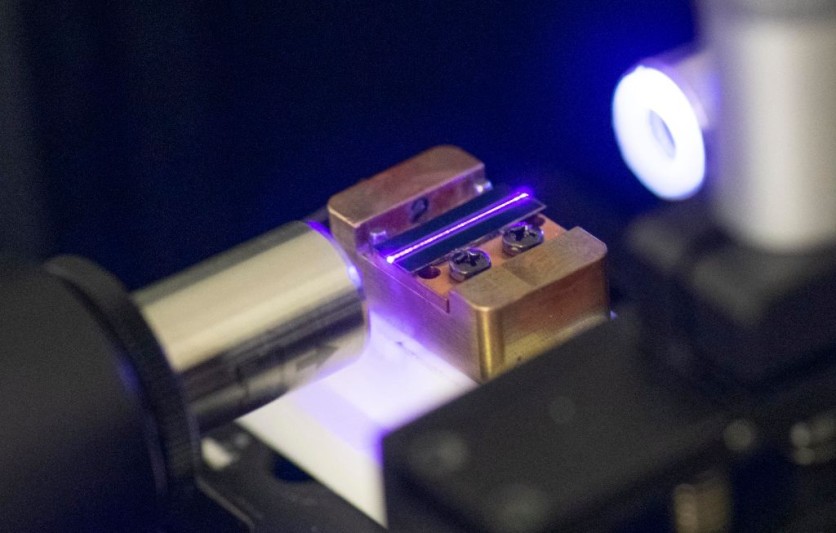A team of researchers from the University of Maryland created a novel instrument designed for future NASA space missions. They developed a small laser-sourced analyzer that they claim to be smaller and more resource-efficient that its predecessors.
They equipped the small laser tech with abilities to analyze material samples from extraterrestrial planets and potential biological activity onsite.

Scaled-down Combination
The instrument, which only weighs about 17 pounds, is a physically scaled-down combination of two crucial tools for determining the composition of materials and looking for signs of life.
It combines an OrbitrapTM analyzer that provides high-resolution data about the chemistry of the studied materials with a pulsed ultraviolet laser that extracts tiny amounts of material from a planetary sample.
The team's new device reduces the size of the original Orbitrap while combining it with laser desorption mass spectrometry methods that have not yet been used in an extraterrestrial planetary setting.
According to the lead author of the study, Ricardo Arevalo, the new gadget has the same advantages as its larger counterparts but is more compact for planetary material investigation and space exploration.
The team notes that the compact Orbitrap LDMS sensor may be carried on space mission payloads with ease because of its small mass and low power needs.
They also claim that a sample is significantly less likely to be contaminated or damaged by the instrument's studies of a planetary surface or material than current techniques used for unidentified compounds.
Benefits of a Laser Source
"The good thing about a laser source is that anything that can be ionized can be analyzed. If we shoot our laser beam at an ice sample, we should be able to characterize the composition of the ice and see biosignatures in it," Arevalo said in a press release statement.
"This tool has such a high mass resolution and accuracy that any molecular or chemical structures in a sample become much more identifiable."
The small LDMS Orbitrap's laser component also gives researchers access to bigger, more complex compounds that are more likely to be linked to biology.
The team claims that the tiny LDMS Orbitrap will provide crucial knowledge and adaptability for upcoming explorations into the outer solar system, including missions with goals of life detection and lunar surface investigation, such as the NASA Artemis Program.
They intend to launch their device into orbit and set it up on an interesting planetary target within the next few years.
More details of this laser tech have been published in the journal Nature Astronomy.
Related Article : NASA Will Land On The Moon For The First Time in 50 Years l Here's Everything You Need To Know About Artemis 1

ⓒ 2025 TECHTIMES.com All rights reserved. Do not reproduce without permission.




